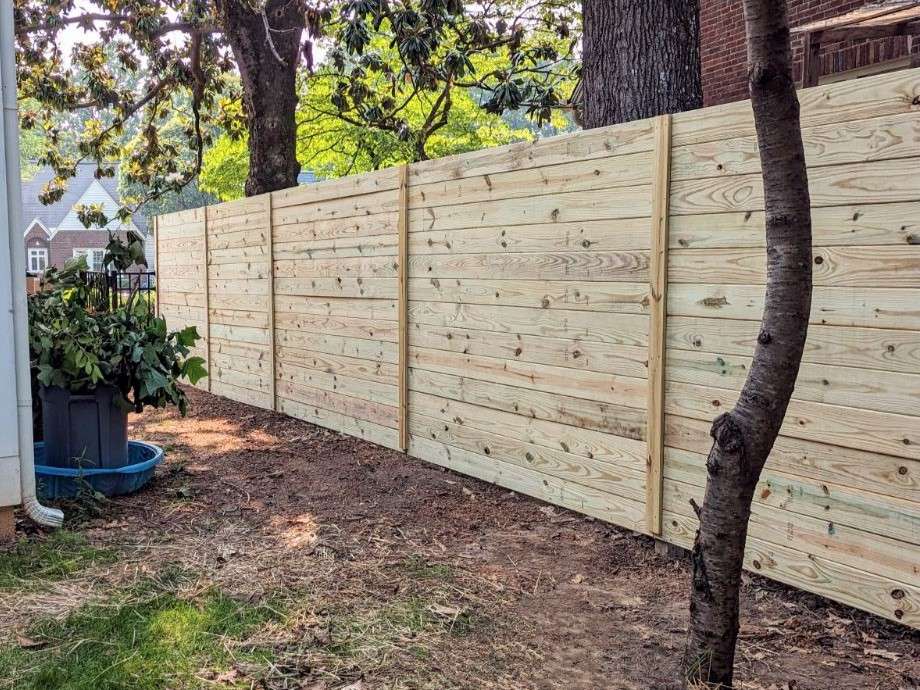All Categories
Featured

Stubborn discolorations from dirt, mold, corrosion, or turf can occasionally mar their pristine look. Here are some reliable ways to tackle persistent spots on your plastic fencing.
- Begin with Standard Cleansing
Before attending to specific discolorations, tidy the fence's surface to eliminate loose dirt and debris. Utilize a garden pipe to rinse the area, and scrub lightly with a service of warm water and light recipe soap. This action helps you evaluate the extent of the discolor and prepares the surface for much deeper cleaning.
- Use White Vinegar for Mold And Mildew and Mold
Mold and mildew and mold are common concerns, particularly in shaded or damp locations. A solution of one component white vinegar to three parts water is very efficient for eliminating these discolorations. Use the combination to the stained areas making use of a soft fabric or sponge, and allow it rest for 10-15 mins. Scrub gently and wash thoroughly with water.
- Tackle Rust Discolorations with Specialized Cleaners
Rust discolorations frequently result from metal things or water with high iron content. Use the cleaner directly to the tarnish, let it sit for several mins, and scrub with a non-abrasive sponge.
- Remove Lawn and Dirt Discolorations
Turf and dust spots can be persistent yet are typically convenient with the appropriate method. Develop a paste making use of baking soda and water, and apply it to the tarnished location. Make use of a soft-bristle brush to scrub carefully, then rinse with water. For harder spots, take into consideration making use of an industrial cleaner created for vinyl surfaces.

- Avoid Abrasive Tools and Harsh Chemicals
While it may be alluring to make use of steel woollen or bleach for challenging discolorations, these can harm your vinyl fence by scraping or tarnishing the surface. Stick to soft cleansing tools and vinyl-safe products to ensure your fencing stays in good problem.
- Stress Laundry with Care
For extensive spots or crud, a pressure washing machine can be a beneficial tool. Use a low-pressure setting and keep the nozzle at the very least 12 inches from the fence to avoid damage. Test on a little, unnoticeable area before proceeding with the entire fence.
- Protect Against Future Discolorations
Regular maintenance is vital to stop persistent stains. Wash your fencing periodically to get rid of dirt and particles, and trim plant life to lower mold and mildew or mildew growth. Using a protective sealant designed for plastic can additionally include an extra layer of protection versus spots.
Final Ideas
Removing persistent stains from your plastic fencing does not have to be a challenging task. With the right methods and products, you can recover your fencing's look and protect it from future blemishes. By spending time in appropriate treatment, your vinyl fence will certainly stay a practical and beautiful attribute of your residential property for years to come.
Latest Posts
Picking the Right Monitoring Account for Your Requirements
Published Apr 19, 25
1 min read
Auto Repair Services: Professional Vehicle Care & Fixes !
Published Apr 19, 25
2 min read
Audio-Visual Services for Unforgettable Events
Published Apr 19, 25
1 min read